Learn : Food & Nutrition
Great Danes with Skin Allergies
The Great Dane is a gentle giant, a noble dog whose imposing height and size belie his sweet, good-natured personality. Originally bred to hunt wild boar, the modern Great Dane is a sensitive canine who has a well-earned reputation for getting along with everybody around him. Sleek and elegant, with a muscular and athletic body, the Great Dane makes an impression wherever he goes. Thankfully, this breed is generally calm and not overly energetic or rambunctious, as he is big enough to knock items and people over with ease.
Great Danes are affectionate and love to play with children. Unfortunately, this breed is highly prone to developing skin allergies. If you see your Great Dane shaking his head, or scratching and licking at his paws, allergies are the most likely culprit.
Type of Coat
Despite his smooth, short, thick coat, the Great Dane sheds quite a bit during seasonal changes; however, his coat is easy to maintain with regular brushing. With weekly basic care, you can also use the time you are brushing your Great Dane to examine his skin and look for any dry, scaly patches, dandruff, missing hair, redness, or lesions. Being proactive in checking your dog’s skin can help you to notice and attend to any inflammation or allergic reactions that are occurring in his body.
Susceptibility to Skin Allergies
Great Danes are susceptible to developing skin allergies, and there are a few potential causes for this condition. Genetic, environmental, and foods are all sources for allergies in this breed. As a large breed, the Great Dane is susceptible to genetic illnesses and diseases associated with growth, and often skin conditions and allergies and symptoms of these conditions. Hypothyroidism in Great Danes causes non-pruritic skin abnormalities and secondary skin infections that can manifest as scabies, atopic dermatitis, and even food intolerances. With hypertrophic osteodystrophy, a bone disease which occurs in young, fast-growing giant breed dogs such as the Great Dane, hyperkeratosis of foot pads may occur wherein the skin of the pads becomes thick and crusty. This breed is also prone to developing canine pododermatitis, an inflammation of the skin on the paw which can affect all parts of the paw and any number of paws and may lead to secondary infections and external trauma.
Environmental allergens can result in atopic dermatitis in Great Danes. Dust, mold, grasses, and pollens can cause allergic reactions as can insects like ticks, fleas, mites, and mosquitoes. Allergic reactions may also be a response to contact allergens, which can range from carpet cleaners to medications to latex. The last potential cause of skin allergies in Great Danes are food allergies. Great Danes may experience gastrointestinal illnesses along with nonseasonal pruritus (itching) due to food intolerances.
Allergy Locations on the Great Dane
Skin allergies on Great Danes can appear in a variety of common locations on the body. Dry, flaky, itchy skin can occur around the face, muzzle, ears, stomach, sides, and any areas where the skin folds. Excessive and intensive scratching, biting, and licking in these areas may result in hot spots and lesions which, if left untreated, may lead to yeast and bacterial infections.
Two common allergy locations that you should regularly check on your Great Dane are the eyes and ears. Smelly, itchy, red, and dirty ears may be signs of allergy, and if your dog scratches at them constantly, those symptoms can worsen. Without treatment, painful secondary infections can occur in the ears.
The Connection Between Skin and Food Allergies
The Great Dane breed has a higher chance of developing food intolerances than some other canine breeds. Frequently, adverse reactions to food appear in the dog as chronic skin inflammations. These skin conditions cause severe itching, so if your Great Dane is excessively scratching, rubbing, itching, or biting any areas on his body that show evidence of skin allergies, a food allergy may be the culprit behind your dog’s discomfort. Chronic allergies and self-trauma from frequent biting and scratching can cause secondary infections that result in seborrhea, crusting, hot spots, and lesions. Constant licking may result in acral lick granulomas due to food allergies as well.
The cause of food intolerances in dogs is often an animal protein, and the usual offenders are beef and chicken, but in some cases, dogs become allergic to milk, eggs, and corn. Great Danes with a hypersensitivity toward food will often have more than just skin allergic reactions; often, they will have gastrointestinal illnesses as well.
Treatment Options
Over-the-counter medications are available as a means of temporary relief for environmental or contact allergies that your Great Dane may have. Hypoallergenic, sulfate-free, and organic shampoos are excellent options to calm inflamed skin. Choose a shampoo with natural anti-inflammatories such as tea tree oil or aloe vera for added help against inflammation. Topical and organic sprays for lesions and hot spots are available in most veterinarian’s offices and pet supply stores and are a useful means to address your Great Dane’s allergies temporarily. In difficult cases, ask your veterinarian for antihistamines or corticosteroids to ease your dog’s discomfort longer term.
Should your Great Dane have allergies due to parasites like fleas and ticks, speak with your veterinarian about the best medications and treatment programs for your dog. Many of these medications are easy to give to your dog and work effectively at managing parasites.
Diagnosing a food allergy that causes skin inflammation is easier said than done. Begin the process by having a consultation with your veterinarian or board-certified veterinary nutritionist who can help you diagnose the allergy and determine if food intolerance is its cause. If they believe a food allergy to be the cause, the veterinarian or nutritionist will develop a single-ingredient diet test to find out which food is the problem. This type of fresh food diet is the most reliable way to identify food allergies in dogs. Here are the steps to follow for an elimination diet:
- For eight weeks, feed your Great Dane a new, single-ingredient or limited food. A diet with only one ingredient or limited ingredients provides the most accurate test results.
- The elimination diet should contain only singles sources of animal protein, vegetable protein, and carbohydrate calories. Foods such as rabbit and peas or fish and potato would suffice. Avoid giving your dog any foods with unidentified proteins or natural flavors. These components can skew the results of the test.
- Remember to avoid feeding your dog any supplements, treats, table food, or flavored medications during the elimination diet. These sources can influence test results.
- After eight weeks, carefully and slowly switch your Great Dane back to his regular diet, then observe him for any allergic reactions.
An inexpensive method to use in managing your dog’s food allergies while strengthening his immune system is to add probiotics to his diet. Probiotics may reduce your dog’s allergic reactions, and even eliminate them in some cases as they have been shown through research to effectively assist the canine body resist allergic reactions and other immunological attacks.
How to Manage Food-Based Allergies
You can help manage your Great Dane’s food allergies by placing him on a fresh food diet. While commercial dry kibble is a popular food option for many pet parents, this food typically falls short of the nutritional quality and quantity that your dog needs to live without allergies.
What many commercial dog foods lack are healthy fats which can help alleviate inflammation in the body; these fats include sunflower oil and fish oil, as well as essential fatty acids like Omega-6 and Omega-3. Reducing your Great Dane’s allergies starts with feeding him a diet that has the appropriate amount of vitamins and minerals needed to fight inflammatory responses that provoke allergic reactions. Fresh food has those components and much more. Zinc, B-vitamin complexes, and essential amino acids are also in fresh foods and can help you manage your Great Dane’s allergies.
These are some ideas for managing your Great Dane’s allergies through his diet:
|
Condition |
Dietary Needs and Adjustments |
|
Coat Color Changes |
Increase amino acids which can be found in protein (>75 grams per 1000 calories); use our calculator to convert a label percentage to the caloric basis (grams per 1000 calories) |
|
Concurrent GI Signs |
Avoid foods with tryptamine and histamine such as dairy or fermented vegetables and meats (yes, this includes bacon); try a simple ingredient food trial |
|
Chronic Itching and Dermatitis |
Fortify the diet with Vitamin E, B Vitamins, Zinc, omega-6, and the omega-3 fatty acids found in fish oil; add a probiotic; try a simple ingredient food trial |
|
Dull Coat and Scaling |
Adjust EPA and DHA levels in the diet (added fish oil being the most common way); try a food that has added zinc |
|
Dandruff and Crustiness |
Add Zinc and Vitamin A levels |
What Fresh Food Can do to Help
Your Great Dane can benefit from a fresh food diet that will reduce or end his food allergies, and by extension, skin allergies. Real ingredients with critical antioxidants and properly preserved fats can all easily be seen in fresh food diets. Where commercial dry foods have a longer shelf life and are less expensive than fresh foods, they do not have the complete amount of minerals and vitamins that fresh food offers to canines. Many brands of commercial dry kibble include artificial preservatives and ingredients, including fillers and additives, that are often the cause of allergies. Only fresh food has the level of nutrition that your Great Dane requires to be healthy and allergy-free.
A balanced fresh food diet should contain fatty acids and minerals that together will keep your Great Dane’s coat and skin shiny and smooth and help to fight off allergic reactions and strengthen his immune system. Many fresh food diets are fully customizable, so that you can craft the right food for your dog’s needs.
About Nom Nom
The noble Great Dane is predisposed to skin allergies and has a higher rate of food sensitivities than some other dog breeds. Feeding your Great Dane a fresh food diet can have an immediate impact on his health and ensure that he gets all the nutrition he needs as he ages. With Nom Nom, you can expect that your dog will receive fresh food that fulfills his nutritional requirements with our customizable options. Our fresh foods are delivered straight to your door in perfectly-portioned packages that your Great Dane is sure to love.
Every fresh food batch includes our Nutrient Mix, which provides an extra boost of vitamins and minerals designed to keep your dog’s nutrition at optimum levels. Your dog’s immune system will receive added support from selenium, magnesium, and zinc in the Nutrient Mix. Another benefit of the Nutrient Mix is Vitamins A and E, which are included for skin and coat health. Let your Great Dane live life large and allergy-free by feeding him Nom Nom’s fresh food diet.
- Srikala, D., Kumar, K. (2014). HYPOTHYROIDISM ASSOCIATED SYSTEMIC AND PERIPHERAL DISORDERS IN DOGS. Animal Science Reporter, 8 (1). Retrieved from https://pdfs.semanticscholar.org/a070/bf0d8ad9b444f97a0becafaa092a61c9c30a.pdf
- Miller, Christie. (2001). Hypertrophic osteodystrophy in a Great Dane puppy. Can Vet J, 42, 63-66. Retrieved from https://www.ncbi.nlm.nih.gov/pmc/articles/PMC1476419/pdf/canvetj00001-0067.pdf
- Bajwa, J. (2016). Canine pododermatitis. Can Vet J, 57 (9), 991-993. Retrieved from https://www.ncbi.nlm.nih.gov/pmc/articles/PMC4982575/
- Paterson, S. (1995). Food hypersensitivity in 20 dogs with skin and gastrointestinal signs. Journal of Small Animal Practice, 36 (12), 529-534. Retrieved from https://onlinelibrary.wiley.com/doi/abs/10.1111/j.1748-5827.1995.tb02803.x
- McDonald, B., Bassett, R. (n.d.). Management of acral nodular dermatoses in dogs. Melbourne Veterinary Referral Centre. Retrieved from http://oldwebsite.anzcvs.org.au/dermatology_assets/documents/proc2006/acvs%20dermatology%20chapter%20proceedings%202006%20-%20mcdonald%20bassett%20-%20acral%20nodular%20dermatoses%20in%20dogs.pdf


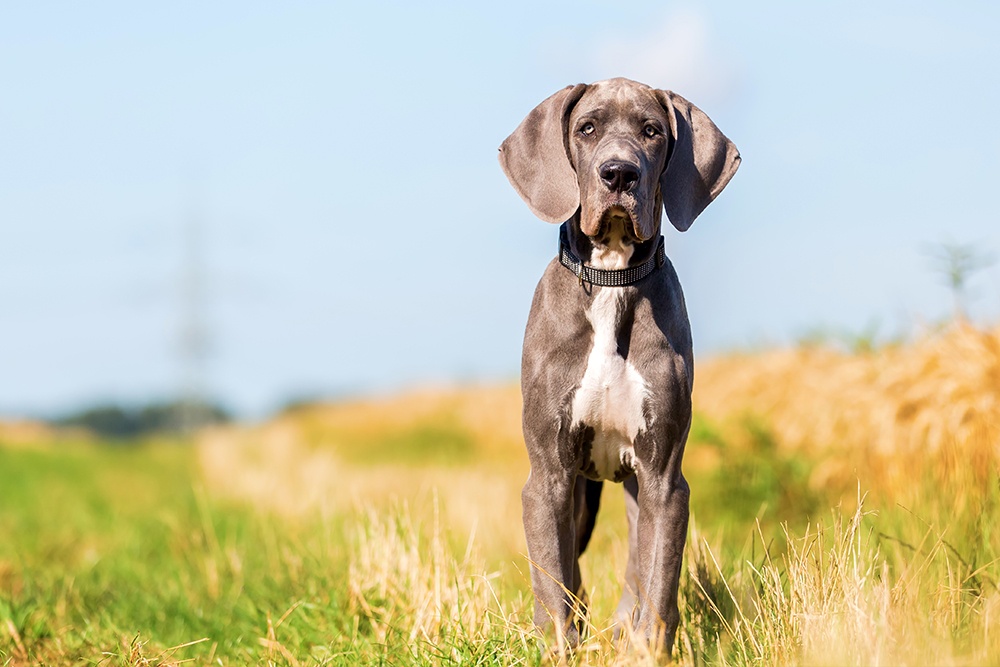
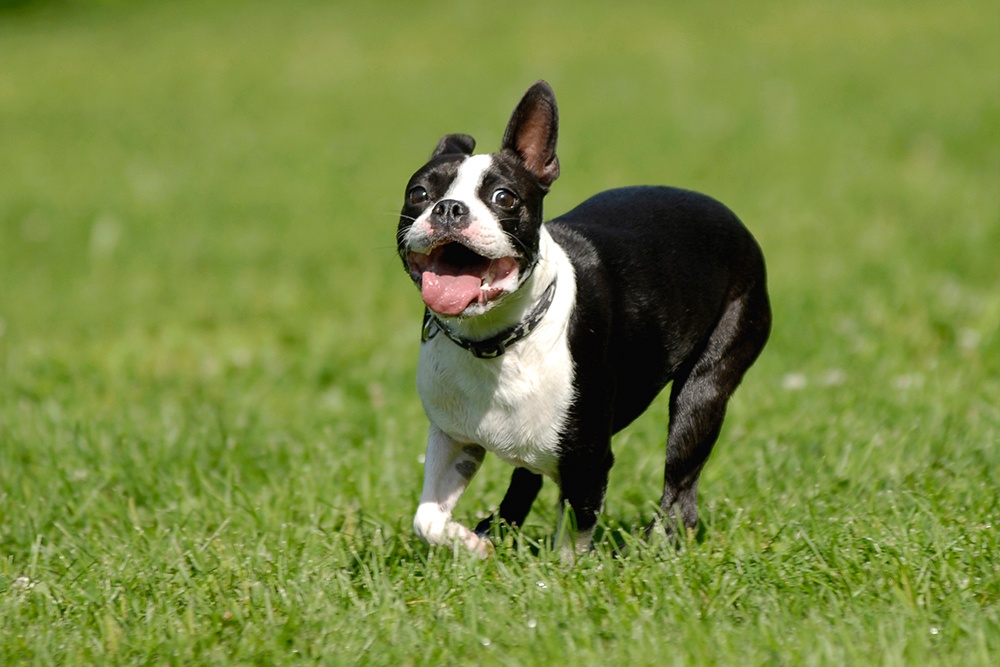 Boston Terriers with Skin Allergies
Boston Terriers with Skin Allergies
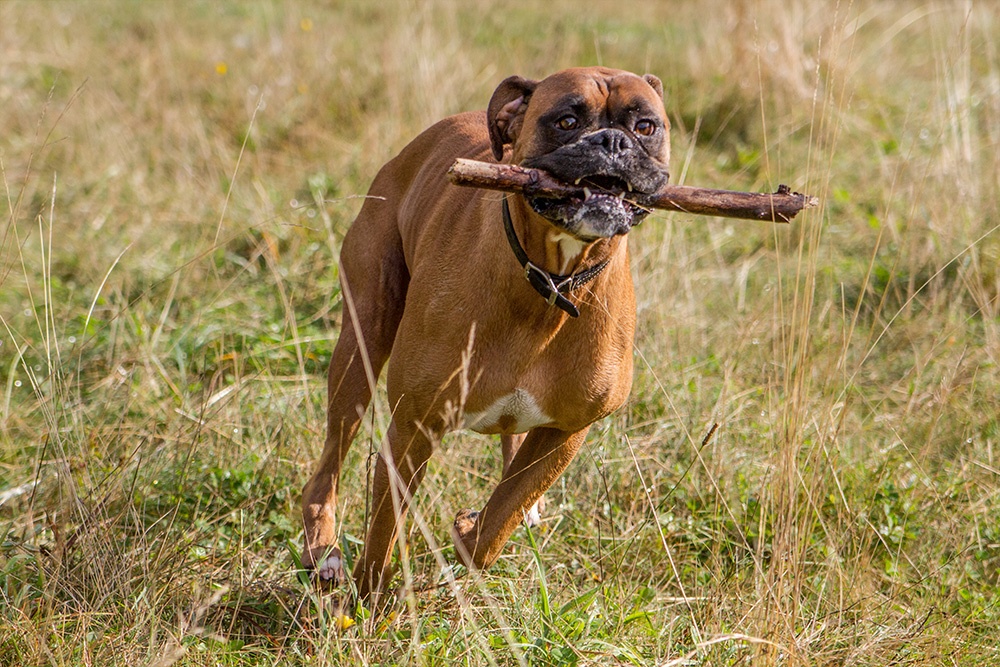 Boxers with Skin Allergies
Boxers with Skin Allergies
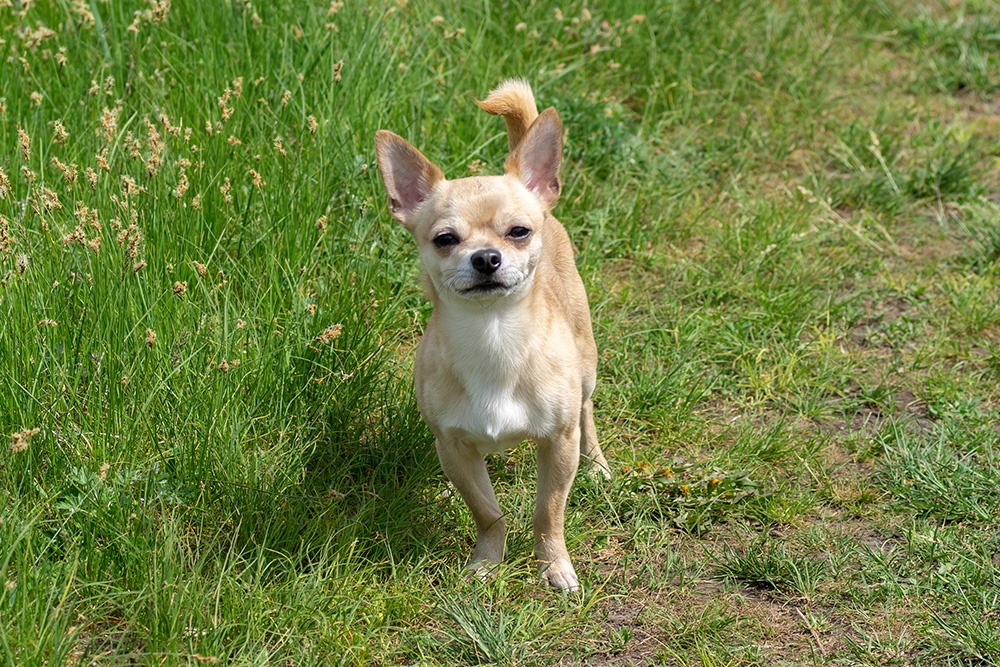 Chihuahuas with Skin Allergies
Chihuahuas with Skin Allergies
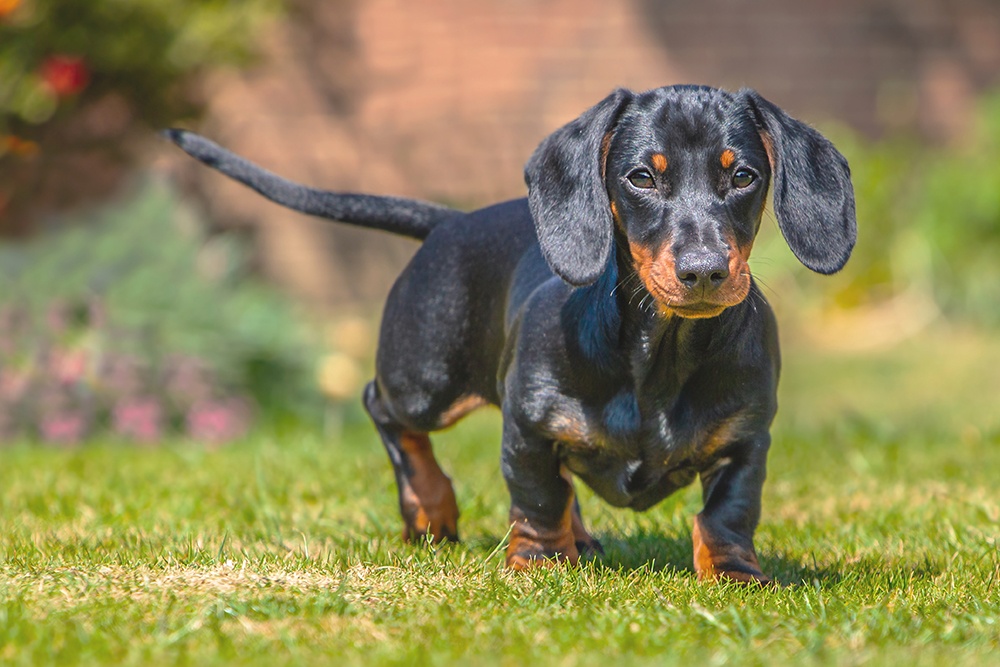 Dachshunds with Skin Allergies
Dachshunds with Skin Allergies
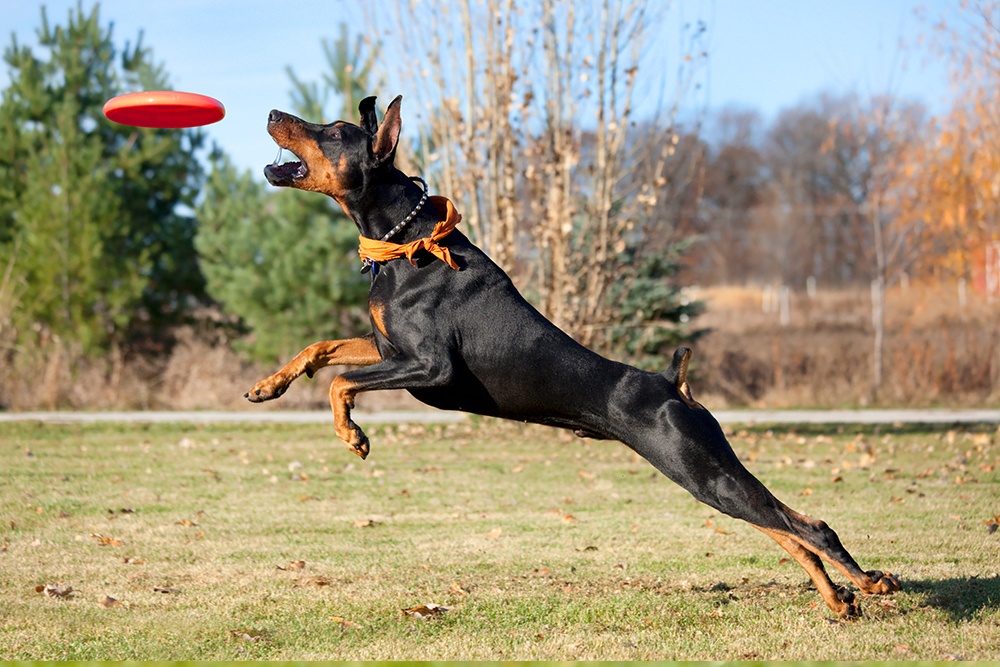 Doberman Pinschers with Skin Allergies
Doberman Pinschers with Skin Allergies
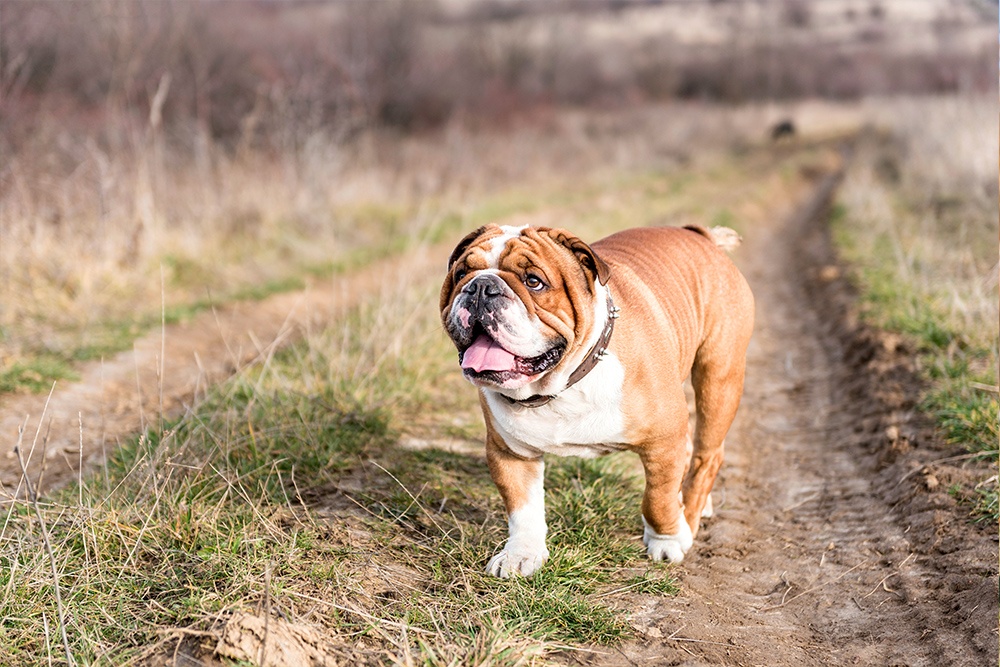 English Bulldogs and Skin Allergies
English Bulldogs and Skin Allergies
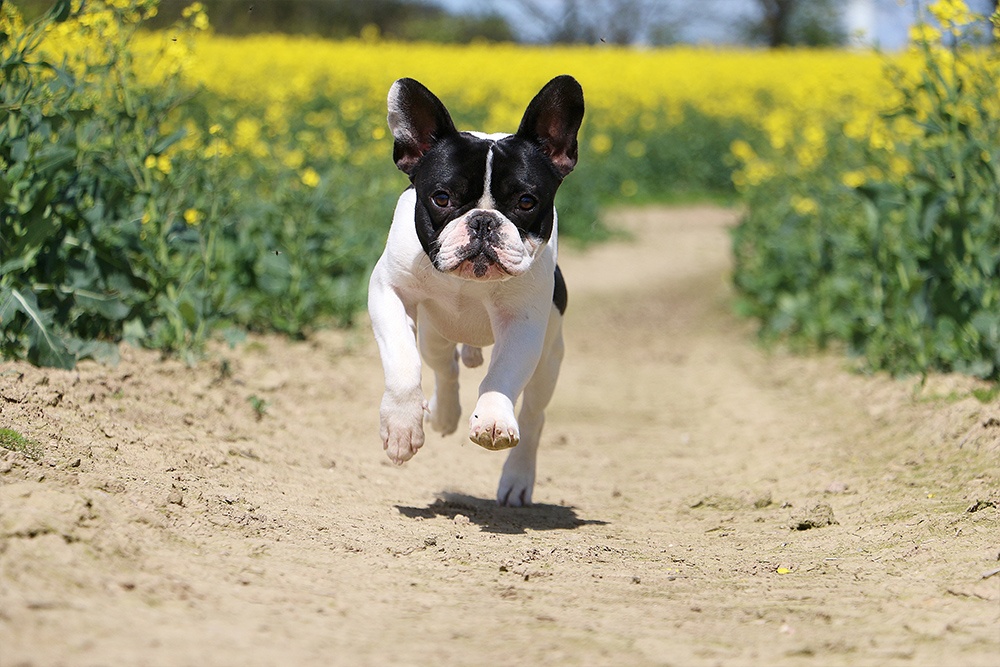 French Bulldogs with Skin Allergies
French Bulldogs with Skin Allergies
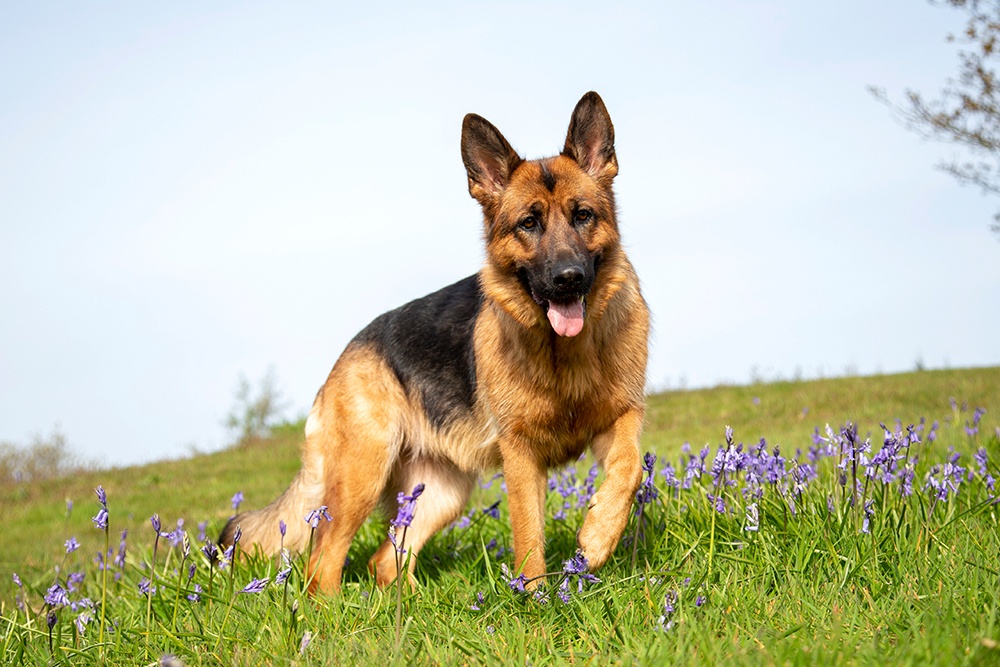 German Shepherds with Skin Allergies
German Shepherds with Skin Allergies
 Golden Retrievers with Skin Allergies
Golden Retrievers with Skin Allergies